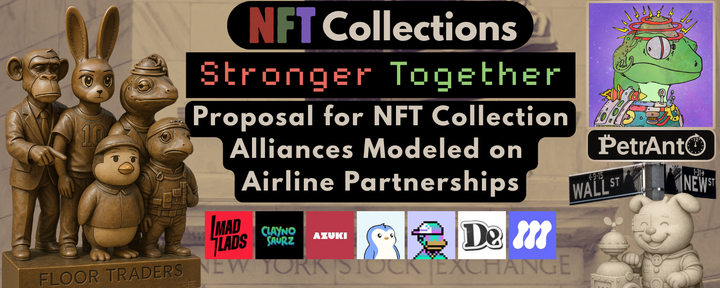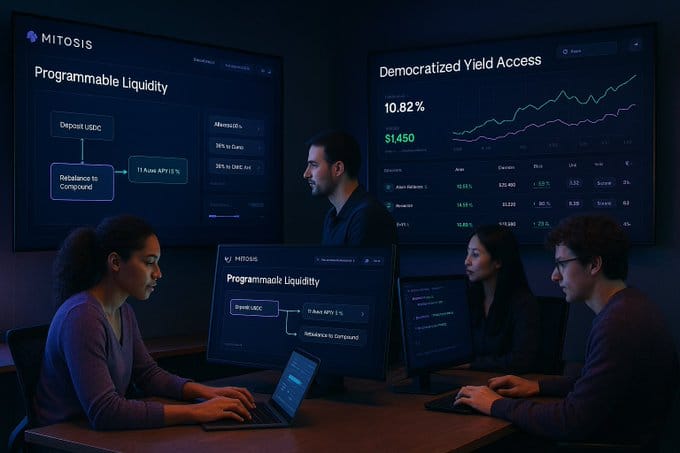Unlocking Blockchain Scalability: The Power of Rollups, Metalyer, and Mitosis
In the rapidly evolving world of blockchain technology, scalability remains a critical challenge. As decentralized applications (dApps) and decentralized finance (DeFi) platforms gain popularity, the need for solutions that can handle increased transaction volumes without compromising security or decentralization becomes paramount. This is where rollups, Metalyer, and Mitosis come into play, each offering unique approaches to enhancing blockchain scalability and liquidity.
Understanding Rollups: Layer 2 Solutions for Scalability
Rollups are Layer 2 solutions designed to improve the scalability of blockchain networks by processing transactions off-chain and then settling them on-chain. There are two primary types of rollups: Optimistic Rollups and Zero-Knowledge (ZK) Rollups. Optimistic Rollups assume transactions are valid and only perform computations when challenged, leading to reduced latency and lower costs. On the other hand, ZK Rollups utilize cryptographic proofs to validate transactions, offering enhanced security and faster finality.
The Importance of Rollups in Blockchain Ecosystems
The importance of rollups lies in their ability to alleviate the burden on Layer 1 blockchains, such as Ethereum, by offloading transaction processing. This not only increases transaction throughput but also reduces gas fees, making blockchain applications more accessible to users. By enabling more transactions to be processed efficiently, rollups contribute significantly to the scalability of blockchain networks.
Introducing Metalyer: The Internet of Rollups
Metalyer is an interoperability network that consists of three complementary systems working in concert: an execution layer, a settlement layer, and a developer toolkit. The execution layer enables intent-based bridging from chains across Ethereum to every chain in Metalyer’s network. The settlement layer, built on the open-source Hyperlane interoperability framework, enables fast message passing between chains with latency measured in seconds, not minutes. The developer toolkit provides chain and app developers easy access to Metalyer’s interoperability toolchain, abstracting away the complexity of message passing.
Metalyer’s Role in Enhancing Blockchain Scalability
Metalyer’s approach to scalability is complemented by its focus on interoperability. By facilitating seamless communication between different blockchain networks, Metalyer ensures that assets and data can flow freely across platforms. This interoperability is crucial for the development of a cohesive and integrated blockchain ecosystem, where users and developers can leverage the strengths of multiple networks without friction.
The Emergence of Mitosis: Programmable Liquidity for DeFi
In parallel, the concept of Mitosis emerges as a transformative force in the blockchain space. Inspired by the biological process of cell division, Mitosis aims to enhance blockchain scalability and liquidity by creating a network of interconnected chains. Each chain operates independently but can interact with others, allowing for parallel processing and reducing bottlenecks. This architecture not only improves transaction throughput but also enhances the resilience and security of the overall network.
Mitosis: Transforming Liquidity Provision in DeFi
Mitosis redefines liquidity provision by introducing a tokenized, programmable approach. Through its infrastructure, liquidity positions are no longer static but instead become liquid, composable assets that can be utilized across multiple DeFi applications. The key innovation lies in Mitosis’ tokenization of liquidity positions into standardized assets—miAssets and maAssets—that maintain tradability and composability. These tokenized positions enable liquidity providers to retain ownership and flexibility over their assets while still participating in yield-generating strategies.
Enhancing Capital Efficiency with Mitosis
Mitosis significantly improves capital efficiency by allowing tokenized liquidity positions to be used as financial instruments. Instead of being locked away in a single DeFi protocol, miAssets and maAssets can be utilized in various strategies, including lending, borrowing, trading, and collateralization. This effectively multiplies the utility of liquidity without increasing the risk of capital inefficiency. By providing tools for developers to create customized liquidity solutions, Mitosis empowers a new wave of decentralized applications that can operate more efficiently and effectively.
Mitosis and Cross-Chain Interoperability
A crucial prerequisite for DeFi’s multi-chain expansion is a well-functioning cross-chain protocol that facilitates asset and message transfers between blockchains. Mitosis aims to make this happen by enabling cross-chain liquidity to scale with the entire DeFi ecosystem and imbuing asset composability to the locked assets. This approach ensures that liquidity providers can participate in various DeFi applications across different blockchain networks, enhancing the overall liquidity and efficiency of the ecosystem.
The Synergy Between Rollups, Metalyer, and Mitosis
The integration of rollups, Metalyer, and Mitosis creates a synergistic ecosystem that addresses the core challenges of blockchain technology. Rollups enhance scalability and reduce costs, Metalyer provides a flexible and interoperable infrastructure, and Mitosis introduces programmable liquidity to optimize capital efficiency. Together, these innovations pave the way for a more scalable, efficient, and user-friendly blockchain landscape.
The Future of Blockchain Scalability and Liquidity
As the blockchain industry continues to mature, the adoption of these technologies will be pivotal. Developers and users alike will benefit from the enhanced capabilities offered by rollups, Metalyer, and Mitosis. The combined impact of these solutions will not only improve the performance of individual applications but also contribute to the growth and sustainability of the broader blockchain ecosystem.
In conclusion, the future of blockchain technology lies in the seamless integration of scalability, interoperability, and liquidity solutions. Rollups, Metalyer, and Mitosis represent significant strides toward achieving this vision. By embracing these innovations, the blockchain community can overcome existing limitations and unlock new possibilities for decentralized applications. The journey toward a more scalable, efficient, and interconnected blockchain ecosystem is well underway, and these technologies are at the forefront of this transformation.



Comments ()